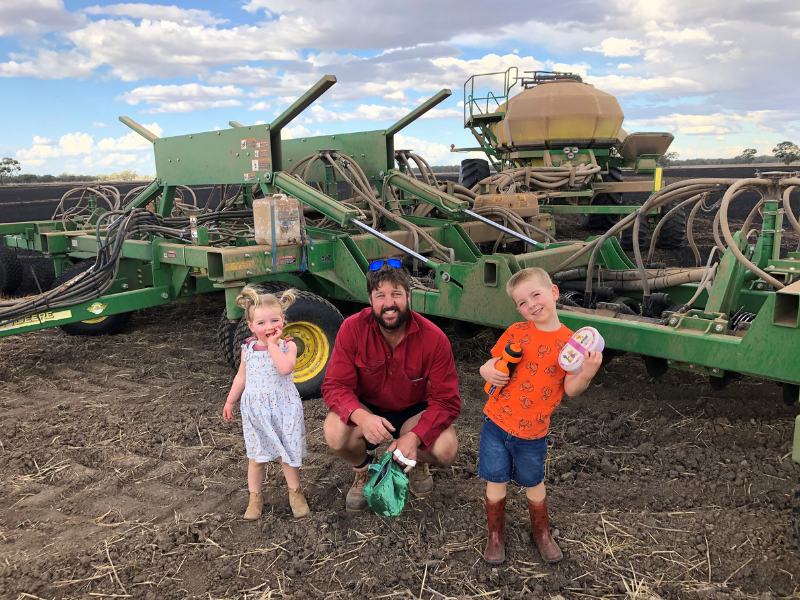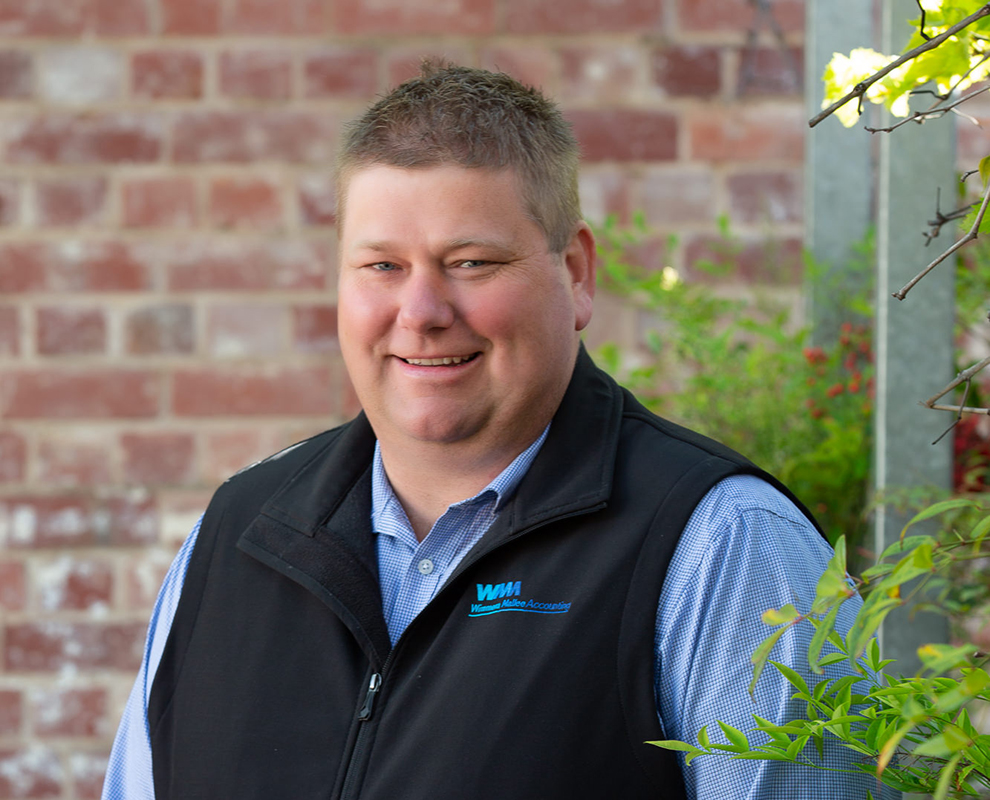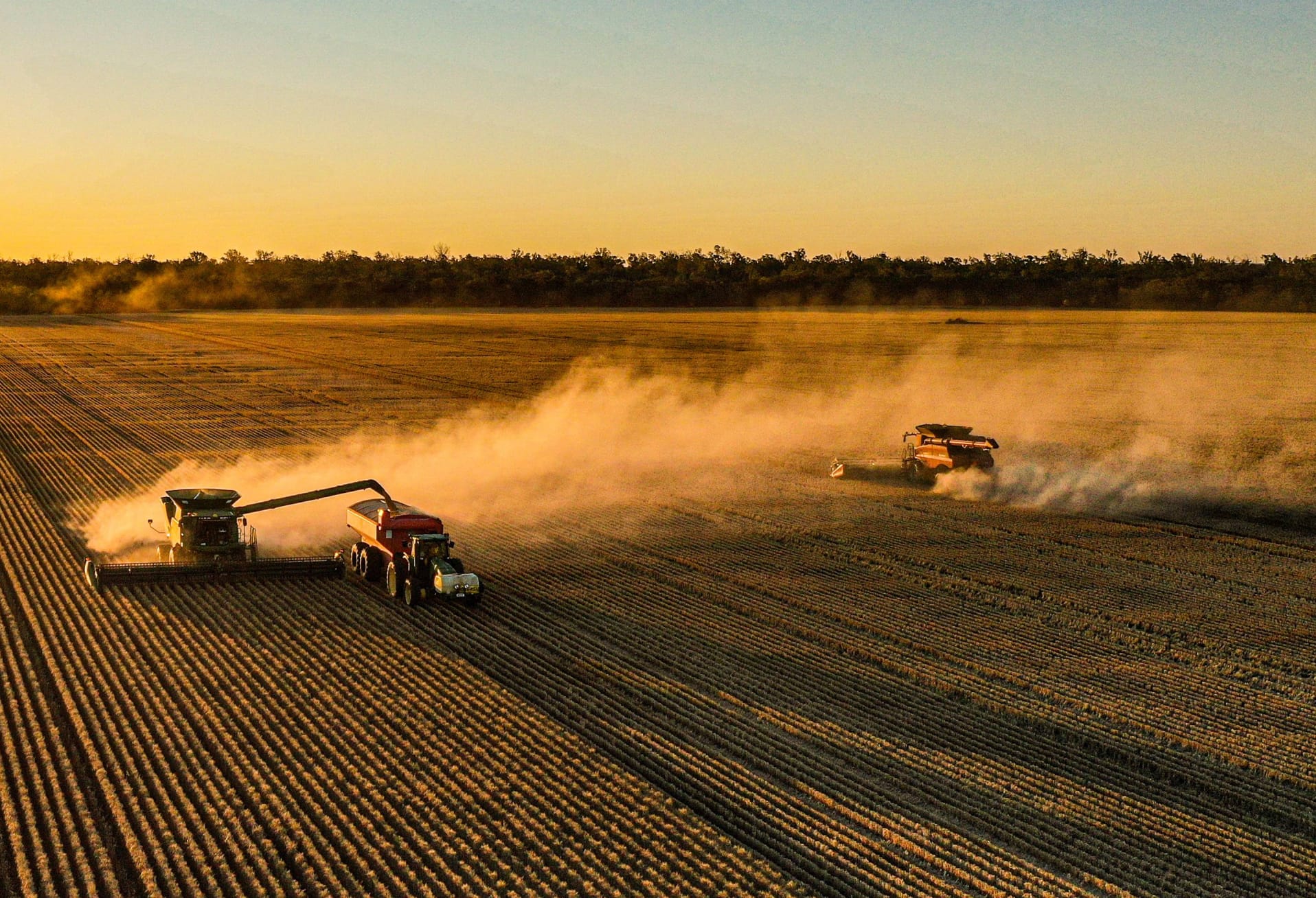Ryan O’Shannassy has been farming for the past two years with his parents Lionel and Donna. He is the fourth generation to farm the family property at Manangatang. Ryan, who is a member of the Manangatang GAPP young farmer’s group (a BCG and DEDJTR initiative), enjoys the diversity, handson experience and challenges that farming has to offer.
Case study: Ryan O’Shannassy ‘Prooinga’
Location: Manangatang
Farming mix: 100% cropping
Crops Wheat: (Yitpi, Kord, Mace), barley (Scope), vetch, peas and lupins
A farming career
I came back on the farm the year after I finished Year 12. I had thought about going away to study agriculture but after school finished I helped out with harvest and summer spraying, and it continued from there. I enjoy working on the farm as not many other jobs allow you to do such a variety of tasks every day, most of them being outside and hands-on. While you do similar jobs on the farm each year, there is always something different to consider, whether it’s the seasonal conditions, pests, diseases and so on. This makes it interesting and challenging.
Inspiration
My inspiration comes from those who farmed this land before me. I’m the fourth generation in the O’Shannassy family to be back working on the farm. I want to keep the farm going forward whether it’s trying to expand in terms of land or machinery or improving profitability in other specific areas.
Challenges
Our farm is quite spread out with land east, north and west of Manangatang. During the growing season, I find it challenging to manage and maintain such a large area of land in terms of weed control, fences, pests, diseases, nutrient management and growth stages of different crops relative to the season.
The GAPP concept
The GAPP young farmer groups are a really good idea, particularly the focus on incorporating business management with agronomy. Getting together a few times a year and relating what’s happening in the paddock to the overall management of the business makes it easier to pick up new things. The farmer to farmer discussion within the meetings allows you to also learn from other’s experiences. This year I felt like I learned more on the agronomic topics and through the hands-on activities undertaken during the paddock inspection sessions. Over the next few years I’m keen to learn more about the business strategy as well.
Through these meetings, I have learnt about useful tools and techniques that can help me estimate yield potential, identify root disease, evaluate seeding and germination rates and calculate how long it takes for a plant to produce a leaf. This will allow me to make more informed decisions during the season, particularly in terms of timely grass sprays, fertiliser applications and yield predictions.
“This (GAPP) will allow me to make more informed decisions”
New technologies
Over the last two years we have incorporated a few new technologies and machinery upgrades into our farming system. Currently we are using a Next Instrument on-board header protein machine for the second year. Next year using the protein maps combined with the yield map will aid in the decision making when it comes to our variable rate applications at sowing.
This year we also upgraded to a Seed Hawk parallelogram seeder. We increased our row spacing’s to 15 inch (380mm), which has improved efficiencies, allowing us to cover more ground at a faster speed and making cropping easier. With the inclusion of an RTK GPS system, we are also hoping it will allow for easier inter row sowing. We will find out next year.
Practice change
One of the main changes we have made to our farm over the last few years is altering our paddock rotations to incorporate more legumes. One of the main reasons for this is to prevent getting stuck in the Imi (imidazoline) cycle. It has helped us with weed control and gives the soils a break from continuous cereals. We have also noticed the yield benefits that come from putting a cereal back onto a legume stubble.
As part of our resistance management and weed control strategy, we are planning to integrate narrow windrow burning into our system next year. This will occur on some of our problematic weedy paddocks, to take the pressure off certain herbicide groups and mainly for brome control.
The future
There will always be a need for farms. Our aim as farmers is to keep evolving and to become more profitable while keeping our farms sustainable at the same time.
Through the inclusion of more precision ag technology into the farming system, I see us spending less time on machinery in the future and a lot more tasks becoming electronic or automated. If it changes as much in the next 30 years as it has in the past 30 years, it’s hard to imagine what is possible in the farming sector. As for myself, I plan to continue learning. My next step is to undertake a Certificate IV in Agriculture and in rural operations.











